Table of Contents
Suspension Fault and Engine Light On: Mercedes-Benz S-Class W222 Case Study
Few things unsettle a Mercedes-Benz owner more than seeing both the suspension fault and engine light on the dashboard. In the S-Class W222, these warnings are more than mere inconveniences. They indicate potential malfunctions in the AIRMATIC air suspension system and possibly in drivetrain management, both of which are critical to performance, comfort, and safety.
In this case study, we explore a real-world example of a Mercedes-Benz S-Class 222 presenting with dual dashboard warnings. We’ll walk through the diagnostic process, repair steps, symptom–cause analysis, and preventive insights. Whether you are a Mercedes enthusiast, an owner, or a technician, this guide will help you understand how to approach these issues with confidence.
Vehicle Overview
- Model: Mercedes-Benz S-Class W222
- Customer Complaint: Suspension fault and engine light on
- Diagnostic Tool Used: Mercedes-Benz Xentry Diagnostic System

Step 1: Initial Diagnostic Scan
The first step was to connect the Xentry diagnostic tool.
- – Fault codes revealed a malfunction in the AIRMATIC suspension system, specifically that the compressor was unable to inflate the suspension properly.
- – Simultaneously, the engine light suggested secondary faults caused by suspension errors, such as ride height sensor miscommunication with drivetrain control units.
Step 2: Air Compressor Functionality Check
The compressor is the heart of the AIRMATIC system, delivering pressurized air to the suspension struts.
Findings:
- – Compressor intermittently failed to inflate the air springs.
- – Mechanical wear was evident, causing inefficiency.
- – Voltage supply was correct, ruling out electrical causes.
Conclusion: Compressor unit defective and required replacement.

Step 3: Air Balloon Integrity Test
Further inspection of the rear air balloons (air springs):
- – Visible leaks led to rapid deflation.
- – Leaks forced the compressor to overwork, accelerating wear.
This interdependence showed how a small leak in one air balloon could trigger a chain reaction, overloading the compressor and triggering multiple dashboard warnings.

Repair Process: Step-by-Step
To resolve the issues comprehensively, the following components were replaced:
1. Rear Air Balloons
- – Both rear struts were replaced to stop air leakage and restore ride height.

2. New AIRMATIC Compressor
- – Installed an OEM compressor to ensure stable and sufficient air pressure.
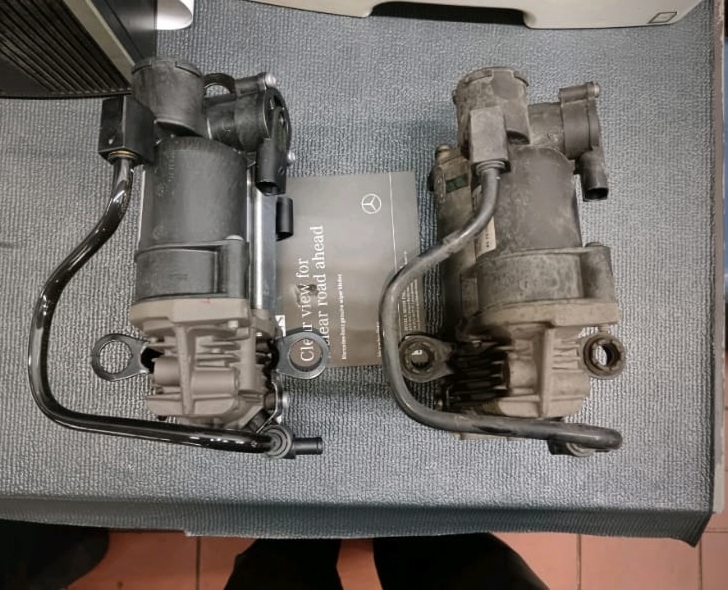

3. Air Filter
- – Prevents dust and debris from damaging the compressor.
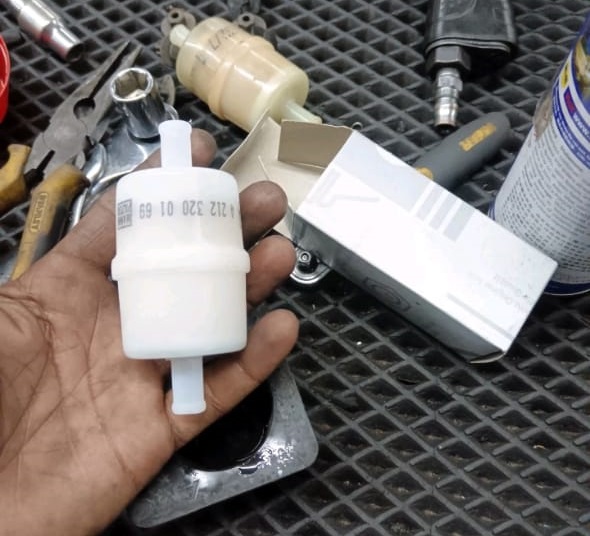
4. 40A Fuse & 5-Pin Relay
Installed alongside the compressor. Best practice ensures:
- – Protection from electrical surges.
- – Stable voltage supply.
- – Longer compressor lifespan.
Post-Repair Testing
- 1. System Calibration
- – Ride height recalibrated using Xentry.
- – Fault codes cleared from the AIRMATIC and engine modules.
- 2. Test Drive
- – Vehicle performed smoothly.
- – Suspension faults and engine light did not return.
- – Ride comfort restored to factory standards.
Symptom –> Cause –> Fix Table
| Symptom | Likely Cause | Repair Solution |
|---|---|---|
| Suspension fault warning | Failing compressor or leaking air balloon | Replace compressor/air springs; recalibrate system |
| Engine light on + suspension warning | Faulty ride height sensor communication | Replace/realign sensors; clear fault codes |
| Vehicle sagging overnight | Air spring or line leakage | Replace faulty strut or hose; perform leak test |
| Compressor runs constantly | Leak in system causing overwork | Repair leaks; replace compressor if damaged |
| Suspension unresponsive | Faulty relay, fuse, or ECU error | Replace relay/fuse; reprogram control unit |
Explore More Mercedes suspension & Check Engine Light Issues
For a complete guide on diagnosing and fixing air suspension problems, visit our Mercedes-Benz Suspension Issues – Symptoms, Causes & Fixes.
If you want to understand all the reasons the warning light comes on, check out our Mercedes Check Engine Light – Complete Guide
Why Suspension and Engine Lights May Appear Together
In the Mercedes-Benz S-Class W222, control modules are highly interconnected. A suspension fault can trigger the engine warning light because:
- – Ride height sensor errors affect transmission and engine torque logic.
- – Voltage irregularities from an overworked compressor can trigger drivetrain codes.
- – Faulty control unit communication between AIRMATIC and the engine ECU.
This is why dual warnings must be diagnosed as system-wide, not isolated issues.
Common Causes of Air Suspension Failure
- 1. Air spring degradation : Rubber balloons age, crack, or tear, causing leaks.
- 2. Compressor wear : Overheating or overworking shortens lifespan.
- 3. Valve block leaks : Prevents even distribution of air pressure.
- 4. Faulty sensors : Misaligned or damaged ride height sensors.
- 5. Electrical issues : Blown fuses, worn relays, or damaged wiring.
FAQs: Suspension Fault and Engine Light on
Q: Is it safe to drive with an air suspension fault?
A: Driving is not recommended. Uneven suspension affects stability, braking, and comfort. Prolonged driving may cause tire wear, drivetrain stress, and further suspension damage.
Q: Can bad air suspension trigger the engine light?
A: Yes. A leaking strut or failing compressor may disrupt ride height sensor signals. These incorrect signals can reach the engine or transmission ECU, triggering the engine light.
Q: How much does it cost to repair S-Class AIRMATIC suspension?
A: Costs vary:
- – Compressor: $1,200–$1,800
- – Air springs: $800–$1,200 each
- – Relay/fuse replacement: relatively inexpensive (~$100–$200)
Q: How often should the AIRMATIC system be serviced?
A: Inspection is recommended every 12 months or 10,000 miles, especially for leaks or compressor wear.
Q: What should I do if both warnings appear?
A: Immediately run diagnostics with Xentry. If you cannot access diagnostics, avoid driving long distances and have the vehicle towed to a qualified service center.
Conclusion
A suspension fault and engine light on a Mercedes-Benz S-Class W222 is not a minor problem it’s a sign of critical system malfunctions that must be addressed promptly.
In this case study, the root causes were a defective compressor and leaking rear air balloons. By replacing these parts, along with preventive measures such as relay and fuse replacement, the suspension system was fully restored.
The key lessons for owners:
- 1. Always address suspension warnings quickly.
- 2. Replace related parts (relay, filters) during compressor repair for reliability.
- 3. Use genuine OEM components and professional diagnostics like Xentry.
By following these practices, you’ll not only restore the comfort and performance expected from a Mercedes S-Class but also avoid further costly repairs down the road.
Author
Written by Mercedes Expert
With years of hands-on experience diagnosing and repairing Mercedes-Benz systems, he brings technical depth and practical case studies to help car owners, technicians, and enthusiasts troubleshoot complex automotive issues. His work focuses on clear repair guides, OEM-level procedures, and knowledge-sharing to empower both professionals and drivers.
Last Updated: September 2025

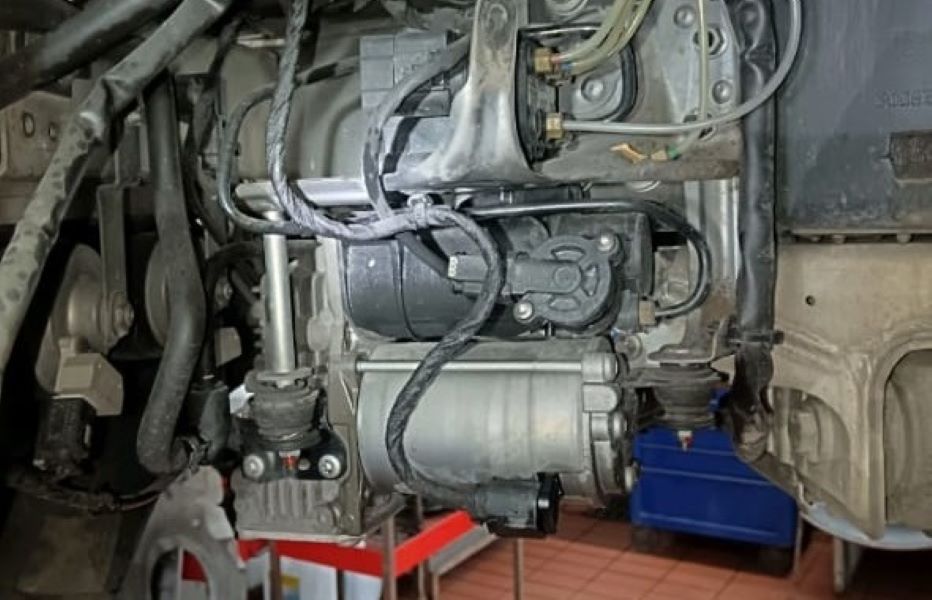
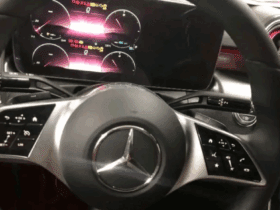

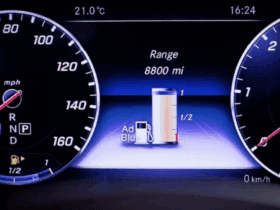
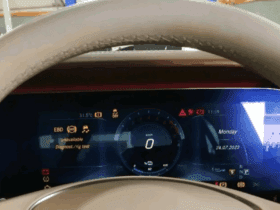
Leave a Reply